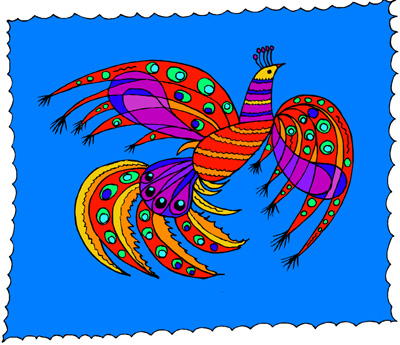Self Esteem

24 September 2019
True or False? Self esteem is built in kids when they are never told no, you are wrong, you lost, or you didn’t make the cut.
True or False? Self esteem is built in kids when they are told they are wonderful, they are the best, they can do anything,
True or False? Self esteem is built in kids when they are never punished, disciplined or held accountable.
True or False? Self esteem is built in kids when they participate in a project from the beginning through to completion.
True or False? Self esteem is built in kids when they participate in a team activity in which they must rely on others and others must rely on them.
True or False? Self esteem is built in kids when they help others who need them.
The truth is that self esteem is built by what kids do for themselves and others much more than by what they are told. That being said, we can all help kids by communicating with them in a way that helps them recognize what they have done and how they feel about it. Consider the following example:
Marisa wants to be in the school play. She practices, tries out, and makes the lead. She continues to practice, attend rehearsals, and take direction from the director. Finally, the night of the performance comes and Marisa’s parents and grandparents attend. Marisa performs her part flawlessly.
After the play, her grandpa says, “You did great. You were the star!” Her mom says, “We’re all so proud of you!” Her father says, “Now, aren’t you glad you practiced hard and stuck with it?” And her grandmother says, “How did it feel to be the lead in a play?”
It’s clear that Marisa’s family loves her and is proud of her. All of their comments show caring and support. Each comment helps build self esteem to varying degrees.
Good
- “You did great. You were the star!”
- "We’re all so proud of you!”
They are telling her how they feel. She gets the message that this is important to them. This is good because kids generally want to please adults. And she may internalize the message so that it becomes “I did great.”
Better
- "Now, aren’t you glad you practiced hard and stuck with it?”
By asking a question, he is giving her a choice. Again, the tone of the question tells her how he feels about it and does allow her to take credit for her good work.
Best
- “How did it feel to be the lead in a play?”
She is allowing the child to formulate for herself a statement to represent her feelings. She is also showing interest in who she is and how she feels. In turn, the child must become aware of herself and the good job she did in order to respond.
It is always okay to help if a child seems to struggle to find the words. Kids tend to view things as “black or white” so when it comes to feelings, they might have a hard time with the fact that they feel more than one way. So after you have given the child a chance to respond to a question, you might say, “You could be feeling more than one thing, like proud, happy, excited, relieved to be through, annoyed by something that did not go quite right…”
